Pope Leo XIV: What’s in a name?

After his election, Pope Francis was asked why he chose the name “Francis,” to which he replied that a cardinal had whispered in his ear, “Remember the poor,” and he did. Throughout his papacy, Francis made it his mission to steer the Church towards the least, the marginalized, and the lost. He said he wanted a “Church that is poor and for the poor.”
Cardinal Karol Wojtyla, chose the double name “John Paul II,” following his predecessor John Paul I (Cardinal Albino Luciani) who sought to carry on the work of the two popes of Vatican II, John XXIII and Paul VI. Finally, when Cardinal Joseph Ratzinger became pope, he chose the name “Benedict XVI.” The last pope who chose that name, Benedict XV, was a man of peace who sought to guide the church and humanity during World War I.
The practice of those elected pope changing their name is ancient. It began with a man named Mercurius who was elected pope in 533 AD. Having been named after the pagan god Mercury, he chose to change it to “John II,” and so began the practice of one having been made pope to choose a name by which he would be known by the faithful.
So what’s significant about Cardinal Robert Francis Prevost’s choice of the name “Leo”? Pope Leo XIV is the first North American born pope. He’s also an Augustinian, that is, he is a member of a religious order, like Pope Francis. He’s a citizen of Peru, as well as the United States, and was a missionary in that South American country for a number of years before Pope Francis brought him to Rome to head the Dicastery for Bishops. He’s also a canon lawyer. But, back to the name he chose. What possible significance could there be to that choice?
The last pope named Leo, who reigned from 1878-1903, was the pope who, in many ways, first brought the Catholic Church into the “modern world.” His encyclical letter “Aeterni Patris (Of the Eternal Father),” published in 1879, revived the study of Thomism and really initiated Catholic scholarship into the modern age. In fact, it was on account of this encyclical that the Higher Institute of Philosophy of the Catholic University of Louvain, the oldest Catholic university in the world, was established.
Such opening allowed for the greater flourishing of Catholic scholarship in so many areas, and paved the way for the amazing developments in the Church, leading to the Second Vatican Council.
Pope Leo XIII was also a staunch defender of the poor and marginalized. In fact, the first papal “social encyclical” was written by him, with the input and assistance of bishops in the United States, in particular, the great Cardinal James Gibbons of Baltimore.
Every subsequent pope has written and published an encyclical commemorating this groundbreaking work, the last major one being Pope John Paul II’s “Centesimus Annus (One Hundred Years)” published in 1991, on the 100th anniversary of Leo XIIII’s encyclical.
There’s an important detail that is often overlooked with regard to this monumental work of Leo XIII, and that is the fact that it was written as a kind of reflection on the work that the pope and the American bishops at the time did to aid in the establishment and strengthening of the first and largest labor movement in the United States and Canada. Called “The Knights of Labor” it was led by an Irish Catholic named Terrence Powderly. By the time Leo’s “Rerum Novarum” was published, its membership was almost at a million.
Whereas the labor movement in Europe at that time was regarded with a great deal of caution and suspicion by the European bishops (because of the dangers of communist, socialist, and masonic influence and possible infiltration), their counterparts in the United States, aware that theirs was a church of “the poor and especially immigrant laborers,” and knowing fully well that the fears expressed by their European counterparts were somewhat exaggerated, sought instead to encourage the labor movement, and recommended that Pope Leo XIII enjoin Catholics to become part of it.
So why did Cardinal Robert Prevost choose the name “Leo”? At some point, like Pope Francis, he will share what went on in his heart and mind. But he did give us some indication in his first address on the loggia of St. Peter’s: mercy, love, charity, encounter, building bridges, openness, welcome, and most importantly, peace–all seemingly in short supply in the world at this time.
Until he fully shares with us his reasons for his name choice though, we can only just speculate. But judging from the reasons previous popes had for choosing their names, it would be safe to say that Pope Leo XIV, the former American cardinal Robert Francis Prevost, chose that name to let us know what his priorities are, where his ministry as Peter’s successor will take the Church, and what we are to expect as he begins his work after the Spirit-inspired and groundbreaking papacy of Pope Francis.
—————-
Fr. Ferdinand Santos is currently academic dean of St. John Paul II College Seminary, Antipolo, and former rector-president of St. John Vianney College Seminary, Miami, Florida



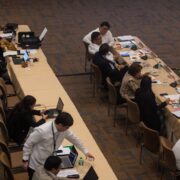
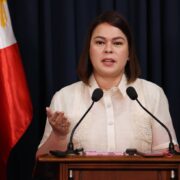
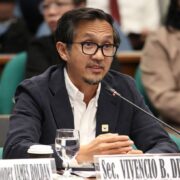
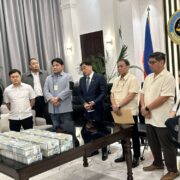


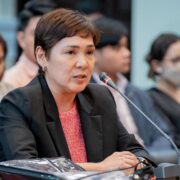
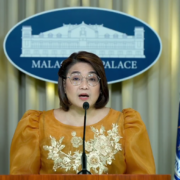

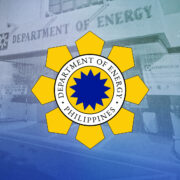

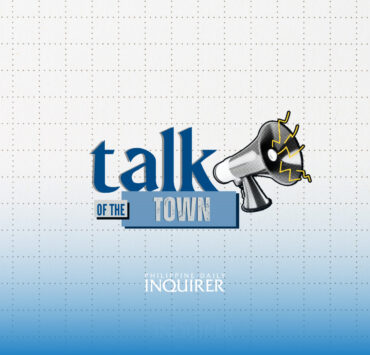


Constant challenges to a maritime nation